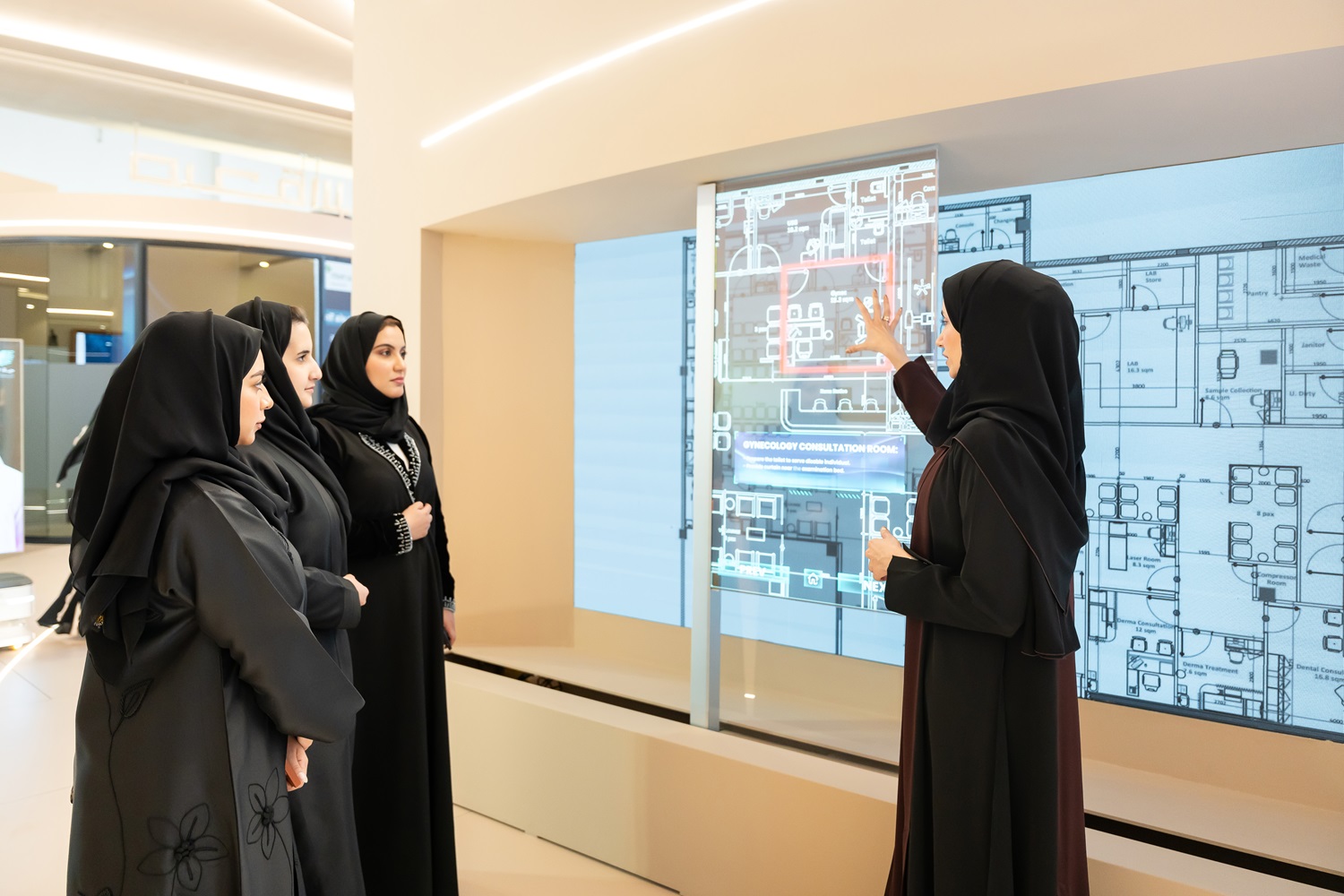
The Ministry of Health and Prevention (MoHAP) has launched a Smart Audit Project, an AI-powered system designed to analyse and assess the compliance of architectural blueprints for health facilities with globally approved standards.
Announced during the Ministry’s participation in Arab Health 2025, the Middle East's largest and most important healthcare event and congress, the project applies to medical centres and clinics, utilizing advanced algorithms and extensive databases to automatically and efficiently evaluate engineering plans.
The smart system identifies violations or design errors that could compromise the quality of healthcare facilities or the safety of patients and staff, ensuring adherence to globally and locally approved engineering standards.
The project is part of the ministry's efforts to enhance health sector regulation, promote innovation, and promote quality in healthcare services. It is set to revolutionize the analysis of engineering blueprints for health facilities, ensuring compliance with rigorous standards while streamlining a traditionally labour-intensive process.
Using advanced algorithms, the system identifies design issues with a reported initial accuracy of 70 percent, reducing the reliance on manual reviews and mitigating the risk of human error.
The system is expected to lower the number of rejected submissions, accelerate the approval timeline for engineering blueprints, and cut costs tied to repeated revisions. Beyond operational efficiency, it offers facility owners and developers the ability to pre-validate their designs for accuracy and adherence to regulations, fostering a more seamless and user-friendly approval process.
AI shaping the future of healthcare facilities
H.E. Dr. Amin Hussain Al Amiri, Assistant Undersecretary of Health Regulations Sector, emphasized that the ministry is committed to developing innovative digital data-driven policies and regulations, adding that the Smart Audit Project will bolster MoHAP’s primary objective of regulating the health sector through efficient licensing, monitoring, and inspection processes.
Dr. Al Amiri stated, "Through this innovative initiative, we look forward to enhancing the ministry's position as a leading regulatory authority that adopts the latest technologies to ensure the quality and safety of health facilities and to provide efficient and effective institutional services and digital infrastructure, thereby strengthening the values of innovation, proactivity, and flexibility."
He further noted that integrating artificial intelligence into the auditing of the engineering plans for health facilities represents a paradigm shift in health regulation. It would enhance the accuracy and speed of review processes, ensuring compliance with the highest global safety standards. The project will also contribute to boosting the competitive edge of the country's health sector by expediting licensing procedures and reducing operational costs.
His Excellency pointed out that this initiative aligns with the ministry's comprehensive digital transformation strategy, stressing that making the most of advanced technologies will help realize the leadership's vision of developing a sustainable and innovative health system. He also added that the project will establish a comprehensive database of engineering plans for health facilities, facilitating future updates and developments.
Integrated digital ecosystem
For her part, Dr. Hessa Mubarak, Director of the Control, Audit, and Inspection Department at the ministry, said the project seeks to develop an innovative solution to automate the review and audit of architectural plans for health facilities. In addition to improving the efficiency of analysis, and ensuring compliance with engineering standards, the initiative will also reduce human error and speed up the initial accreditation process for health facility plans.
She added that the project is being rolled out in three phases to ensure its objectives are met effectively. The first phase, focused on planning and system development, has already begun. The second phase, which involves testing and training, will last for six months, concluding at the end of the year. The third phase will see the project applied and fully operational for end-users.



Social media share
If you like the content you can share it via